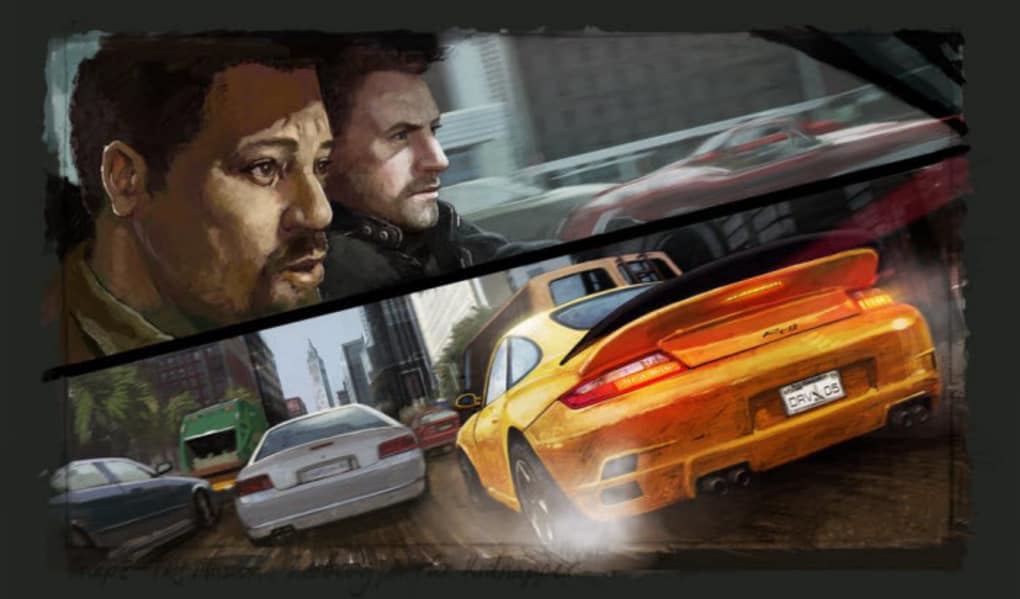

"We want all these Windows 7 users to have the sentiment that yesterday they were driving a first-generation Prius," he said, "and now with Windows 10 it's like we got them a Tesla." Belfiore, too, put the emphasis on a great leap forward. He gave attendees a live demo of an early build of Windows 10. Taking the stage after Myerson's introduction was Microsoft's Joe Belfiore, corporate vice president of operating systems and the current public face of Windows and Windows Phone design and development. "It will be our most open collaborative OS project ever." "We believe that, together with the feedback you provide us, we can build a product that all of our customers will love," Myerson said. Now, with Windows 10, Microsoft is not quite hitting the reset button on touch, but wants to make sure it does not repeat history in its attempt to take Windows forward. Windows 8.1, released last year, attempted to address those complaints with the revival of core Windows design and usage properties, such as the Start button. Those changes found many critics and detractors. The changes were representative of an overall acceleration of Microsoft's unification of its touch-enabled mobile devices with its desktop and laptop software.
DRIVER SAN FRANCISCO DOWNLOAD SYSTEM WINDOWS 8
Windows 8 introduced the touch-prioritized Metro design with live tiles and removed key elements of Windows 7, disrupting the familiar look and feel for long-time Windows users. Microsoft has spent the better part of two years, since Windows 8's debut in October 2012, responding to criticism over the direction in which it took the operating system that has long dominated traditional PCs.


A tailored experience for each device," Myerson said at a press event here Tuesday. "Windows 10 will run on the broadest amount of devices. Windows 10 is such a substantial leap, according to Microsoft's executive VP of operating systems, Terry Myerson, that the company decided it would be best to skip over Windows 9, the widely expected name for the next version. In its place is a combination of the so-called live tiles, present in areas like the new Start Menu, and a more classic Windows experience that aims to please both touch and keyboard-and-mouse users. Originally codenamed Windows Threshold, the new operating system essentially does away with the dependency on the tiled "Metro" user interface that Microsoft had attempted to implement across its entire device line, from desktop PCs to Surface tablets and Windows Phone devices. The follow-on to the current Windows 8 operating system will be known as Windows 10. SAN FRANCISCO - Microsoft just said no to 9. Microsoft VPs Joe Belfiore (right) and Terry Myerson gives a live demo of Windows 10 onstage at a press event in San Francisco, Calif., on September 30.


 0 kommentar(er)
0 kommentar(er)
